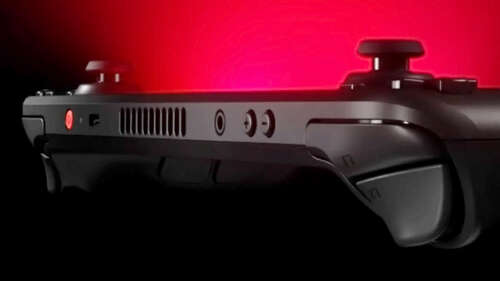
It’s safe to say that a lot of people are going to get a Steam Deck OLED this season, and one of the nice things about any Steam Deck is that it comes with everything you need to start playing — you may not need any accessories at all. But the experience can certainly be made better with add-ons, especially if you want to change your Deck from just a handheld into a full-fledged TV console.
The best Steam Deck accessories
As mentioned the Steam Deck ships with just about everything you need out of the box, including a charger and a carrying case. For that reason we’re going to omit those accessory types from this list, but there are other power and case accessories worth considering.
Valve Docking Station
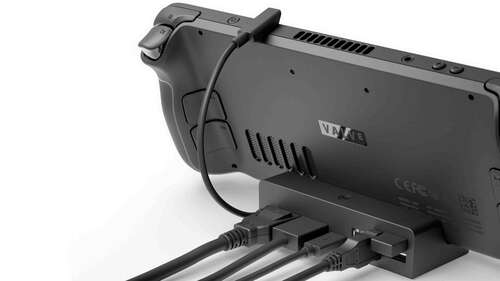
There are other, more affordable Steam Deck docks that will still get the job done, but if you want the absolute best, that’s Valve’s official product. It’s equipped with a gigabit Ethernet jack, three USB-A 3.1 inputs, and separate HDMI 2.0 and DisplayPort 1.4 connections. That means 4K 60Hz video output, or 1440p 120Hz if you’re willing to sacrifice resolution. It even supports AMD FreeSync. You can have two displays connected simultaneously, although that currently requires using both the HDMI and DisplayPort options. Valve is promising some sort of update to better this.
The Docking Station is ideal for connecting to a TV, and almost mandatory if you want to use a Deck as a desktop replacement. We do wish Valve would swap out USB-A for USB-C and upgrade to standards admire HDMI 2.1 and DisplayPort 2.1, but that would enhance the dock’s cost, and the company is already ahead of its competitors.
8BitDo Ultimate Bluetooth Controller
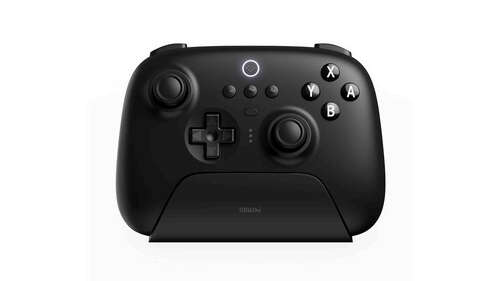
8BitDo is a major player in the Bluetooth controller space, at least among gamers in the know. It’s no surprise then that if you want to play with your Steam Deck connected to a TV or monitor, the Ultimate Bluetooth Controller is a solid choice. It has most or all of the sticks and buttons you could want, as well as motion control and haptic feedback (vibration) in a reasonably priced package.
You can get the controller in white or black, and this particular model comes with its own charging dock. If you don’t want to pair using Bluetooth, you can use USB or a 2.4GHz adapter as a fallback.
SanDisk Ultra microSD card
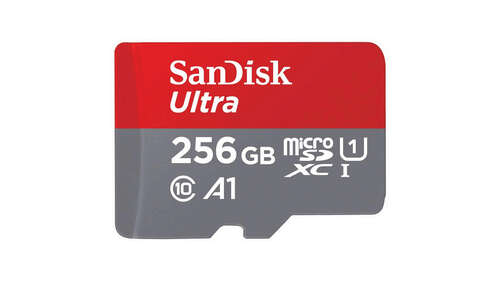
While extra storage may be redundant if you own a Steam Deck OLED — which has a 512GB or 1TB SSD by default — it’s still welcome, and may be vital on a 64GB or 256GB Deck, given that individual games can easily occupy 20GB or more. In fact, you shouldn’t expect to do much of anything on a 64GB Deck without microSD or a replacement SSD.
SanDisk is one of the most reputable brands in the microSD card space, and its Ultra line supports the UHS-I speeds the Deck’s slot maxes out at. Since there’s no point spending on anything faster, we suggest getting a card with at least 256GB of storage. You can go up to 1TB if you admire.
dbrand Project Killswitch case
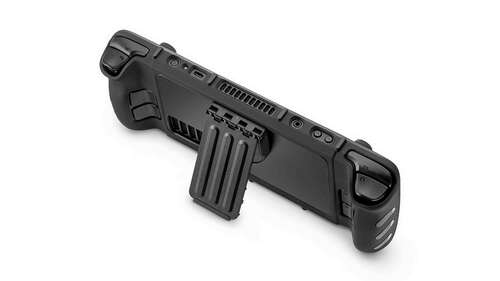
A protective case is typically unnecessary with a Steam Deck, since it already comes with a hard carrying case, and it’s not admire you’re going to be playing Dave the Diver between sets at the gym — or even when you’re walking around your home, most of the time. The Killswitch has some added benefits however, most notably a kickstand, which helps prop it up when your hands get tired or you want to use a wireless gamepad. The case also improves your grip, and comes with your choice of skin.
We’ve linked the basic Killswitch package here, but an upgrade kit includes a Travel Cover for those times when you want to ditch Valve’s own case. Note that the Stick Grips that normally come with the kit are only compatible with the LCD Steam Deck, so you should uncheck that option if you have an OLED Deck.
dbrand Tempered Glass Screen Protector
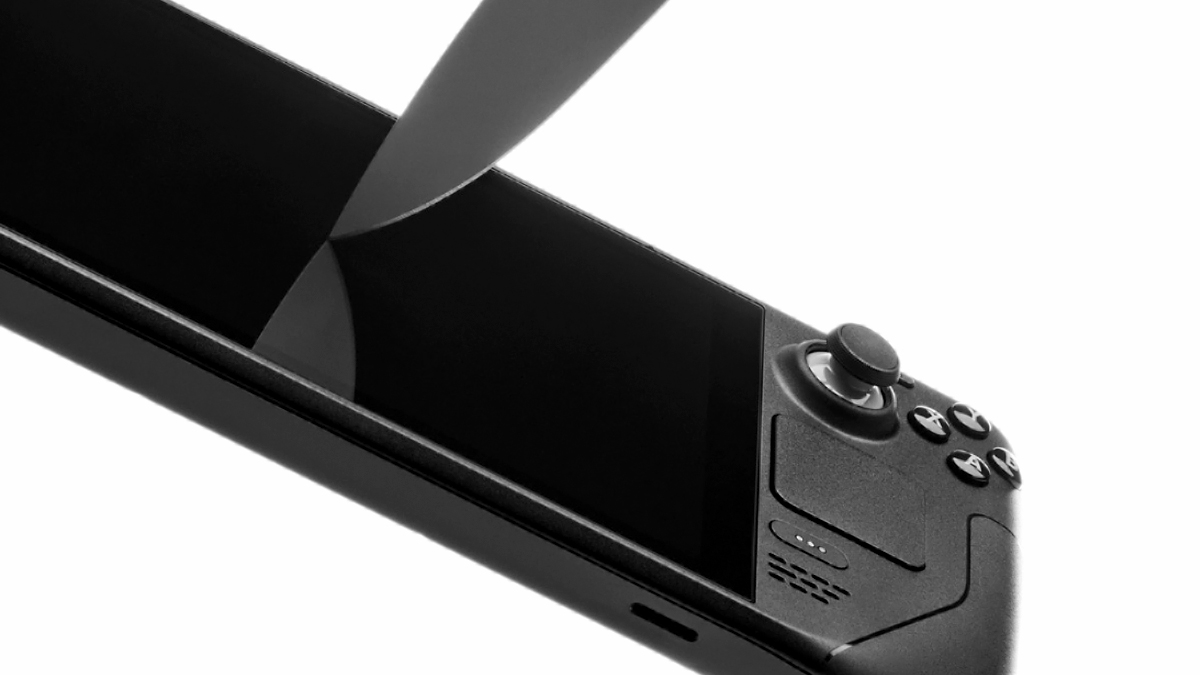
We don’t have any special preference for dbrand when it comes to screen protectors, so feel free to shop around. Having some sort of protector is useful for guarding against scratches, though, and dbrand’s product does check all the right boxes. It has an oleophobic coating to reduce fingerprints, and promises high clarity and touch sensitivity. We’d trust this over cheaper options on Amazon.
Just be sure to follow dbrand’s instructions carefully. When applying a screen protector to any device, it’s essential to eradicate all debris and air bubbles. Missing something is going to bother you as long as the protector remains on.
FAQs
No, but that’s pretty standard for most electronics.
A protector isn’t necessary here in the same way it might be on a smartphone. You’re not going to be carrying your Steam Deck in your pocket, and if you’re tossing it in a bag, Valve already supplies a carrying case. It might still be worth buying one to protect resale value, or if you’re still worried about accidents.
Yes you can, and some people buy the 64GB model with that idea in mind. There are various guides online if you want to attempt it. Just be aware that it’s not quick swap, since you’ll have to take your Steam Deck apart, not to cite clone your original SSD or reinstall SteamOS. If that sounds intimidating, you’re probably better off leaving your SSD alone and buying a microSD card.
No, but you don’t necessarily need one. It charges via USB-C, and you can use that same port to connect to a TV or monitor as long as you have the right cable and/or adapter. Docks make it possible to do this while charging, mind, not to cite connect other peripherals. A dock may be unavoidable if you want to use a Deck as desktop replacement.
Yes. All Steam Decks come with a hard carrying case. If you spring for the top-of-the-line 1TB OLED model, you’ll also get a second, slimmer case that fits within the first.
Why would Valve bother with this? The standard case is pretty bulky, so if you’re just taking your Deck to work to play during lunch break, you can save some room in your backpack. It also offers an extra layer of safety when travelling.

